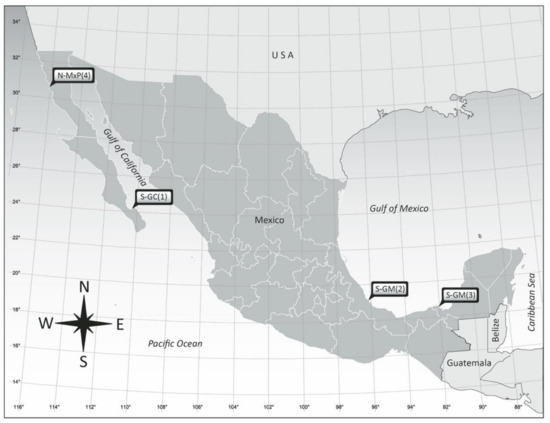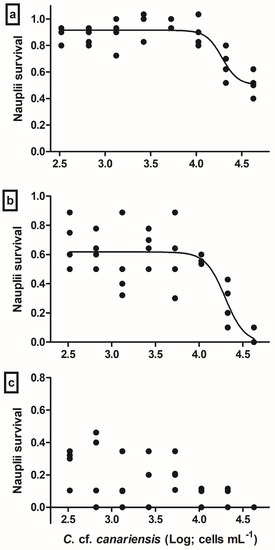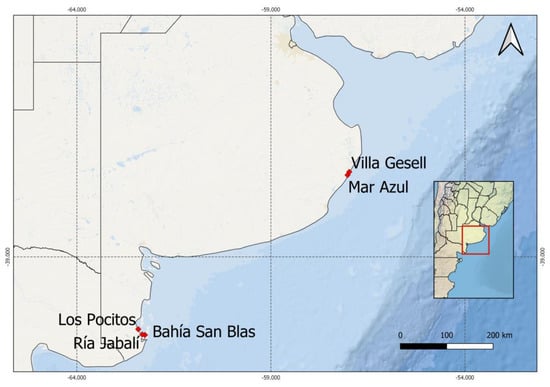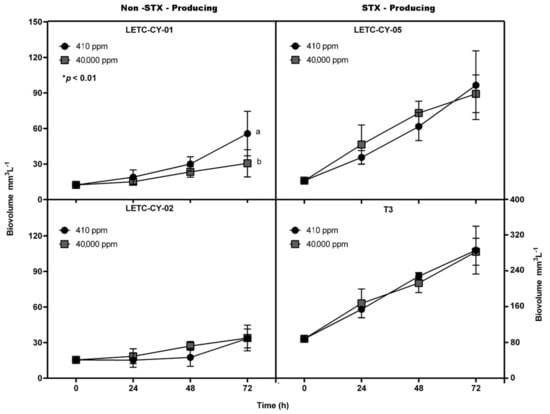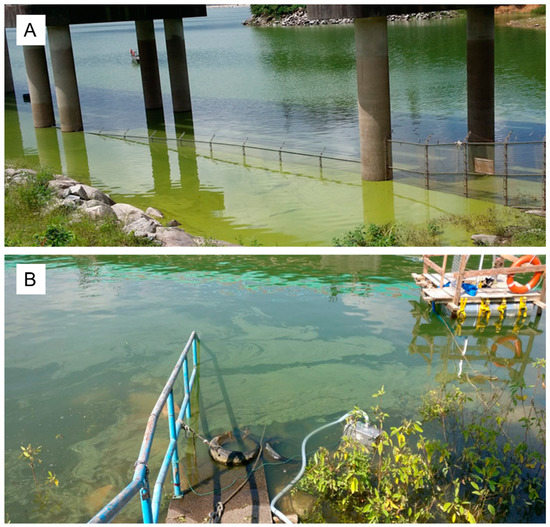Harmful Microalgae
A topical collection in Phycology (ISSN 2673-9410).
Viewed by 10516Editor
Topical Collection Information
Dear Colleagues,
Microalgal, especially harmful microalgal, which caused eutrophication of lentic aquatic ecosystems, has been a serious threat to regional economic development, as well as to aquatic animal safety and human safety. It forces us to develop efficient methods to control the bloom of harmful algal blooms by understanding the behavior of harmful microalgal, and the interaction between harmful microalgal and other microorganisms in the environment.
Therefore, the aim of this collection is to encourage scientists to publish relevant papers about harmful microalgal, thus fitting the topics of interest of the journal Phycology.
In this collection, original research articles and reviews are welcome. Research areas may include (but are not limited to) the following: harmful microalgal and the biocontrol of harmful microalgal; and algae–bacteria interactions. We welcome researches, such as harmful microalgal biocontrol methods based on single-species microorganisms and microbial aggregates, and methods for a rapid decrease in algal cells density, inhibition of harmful algal growth, and lysis of harmful algae.
Dr. Pengfei Sun
Collection Editor
Manuscript Submission Information
Manuscripts should be submitted online at www.mdpi.com by registering and logging in to this website. Once you are registered, click here to go to the submission form. Manuscripts can be submitted until the deadline. All submissions that pass pre-check are peer-reviewed. Accepted papers will be published continuously in the journal (as soon as accepted) and will be listed together on the collection website. Research articles, review articles as well as short communications are invited. For planned papers, a title and short abstract (about 100 words) can be sent to the Editorial Office for announcement on this website.
Submitted manuscripts should not have been published previously, nor be under consideration for publication elsewhere (except conference proceedings papers). All manuscripts are thoroughly refereed through a single-blind peer-review process. A guide for authors and other relevant information for submission of manuscripts is available on the Instructions for Authors page. Phycology is an international peer-reviewed open access quarterly journal published by MDPI.
Please visit the Instructions for Authors page before submitting a manuscript. The Article Processing Charge (APC) for publication in this open access journal is 1000 CHF (Swiss Francs). Submitted papers should be well formatted and use good English. Authors may use MDPI's English editing service prior to publication or during author revisions.
Keywords
- harmful microalgae
- algae-bacteria interactions
- harmful microalgal control
- harmful algal bloom
- biocontrol




